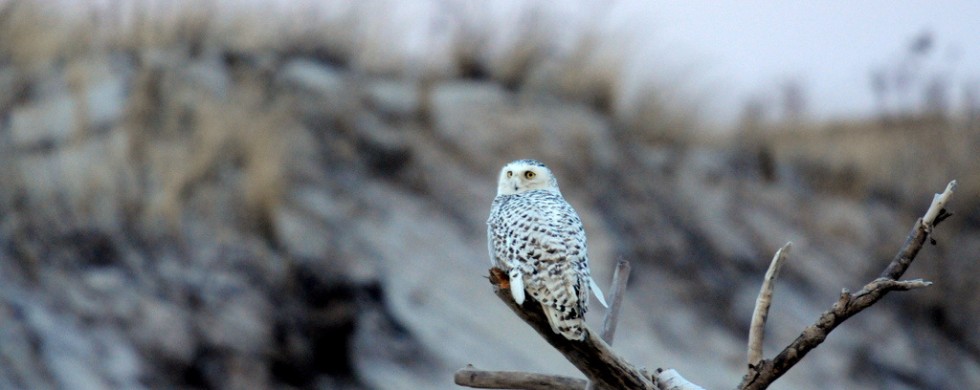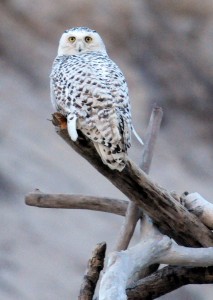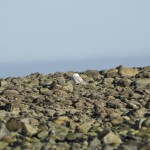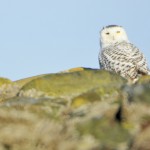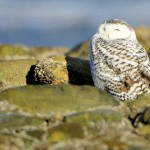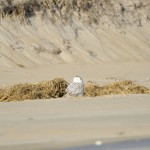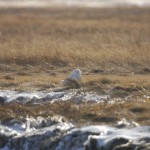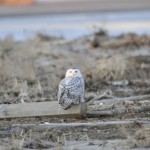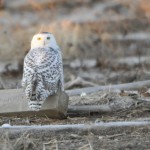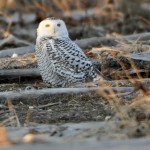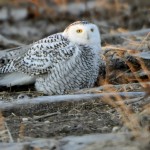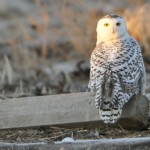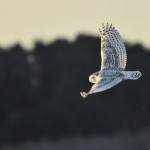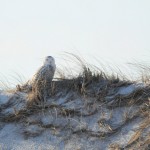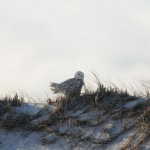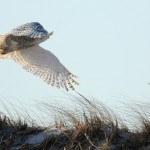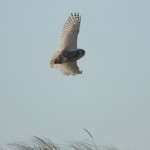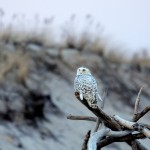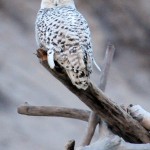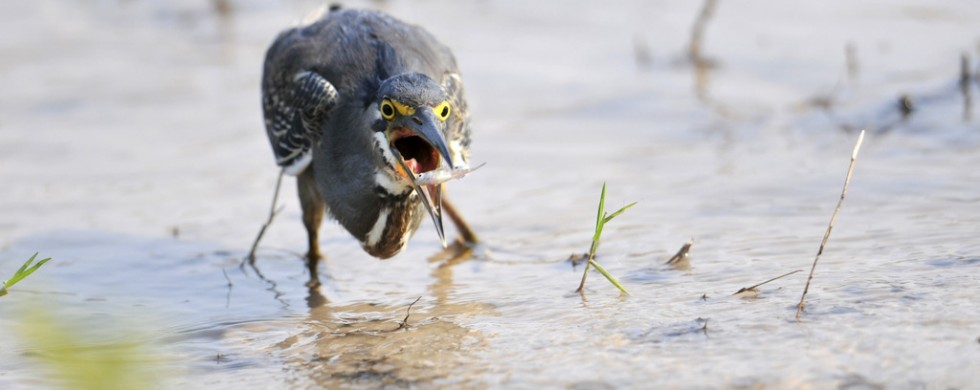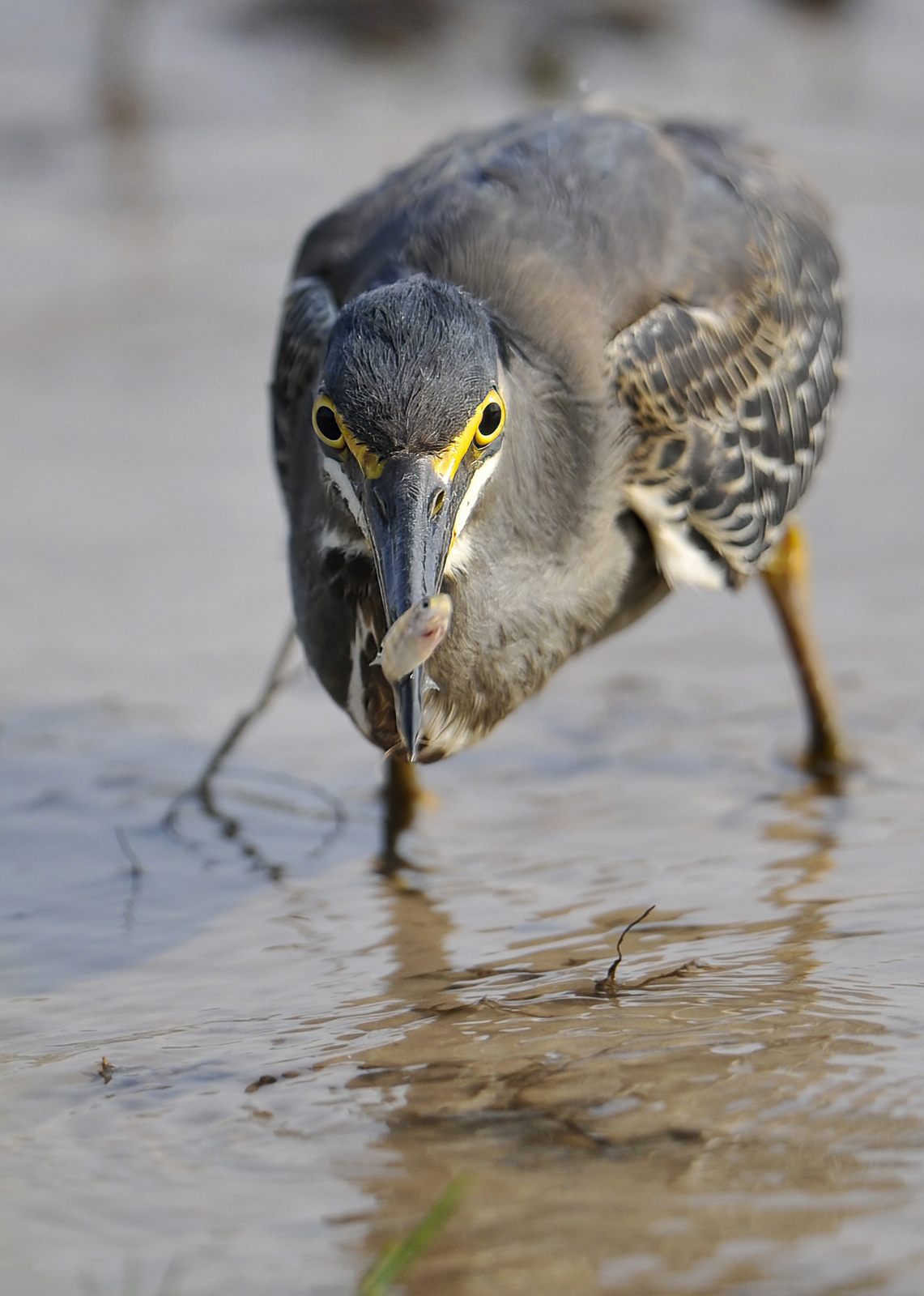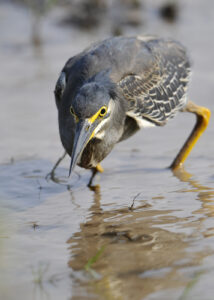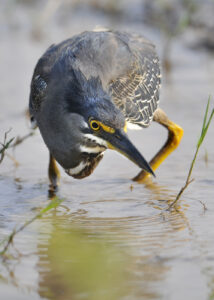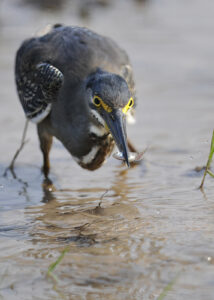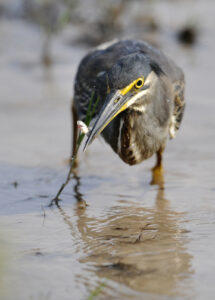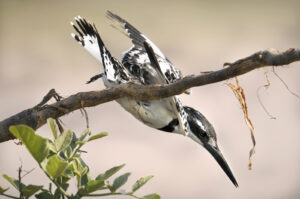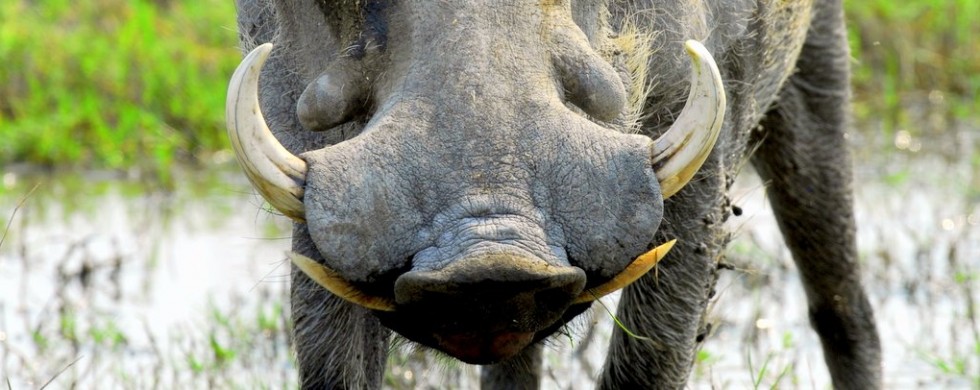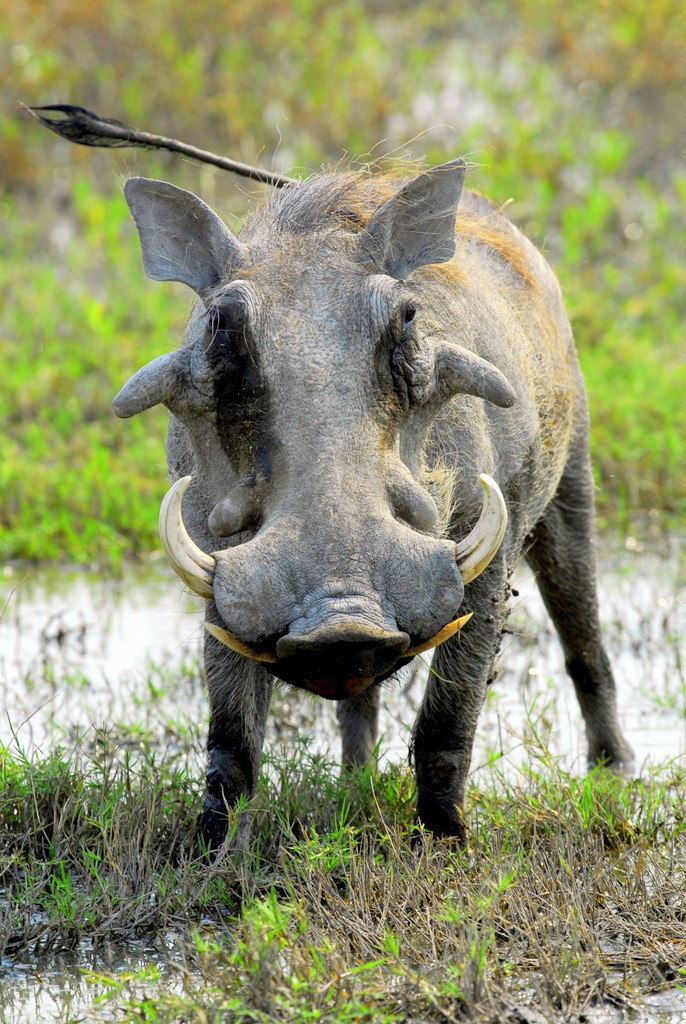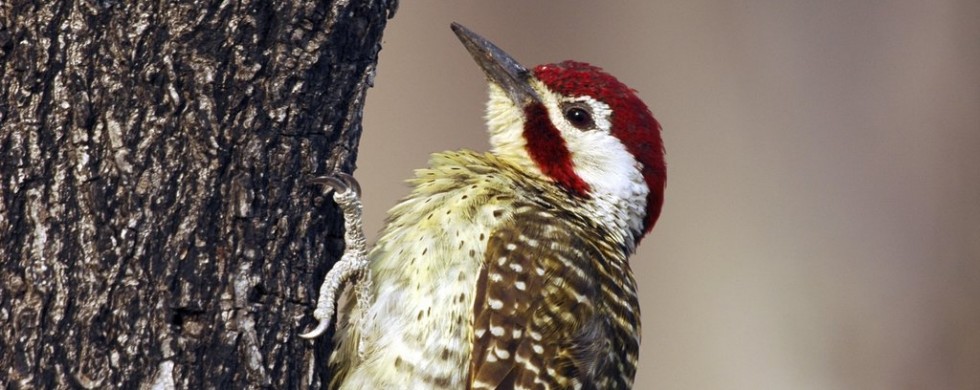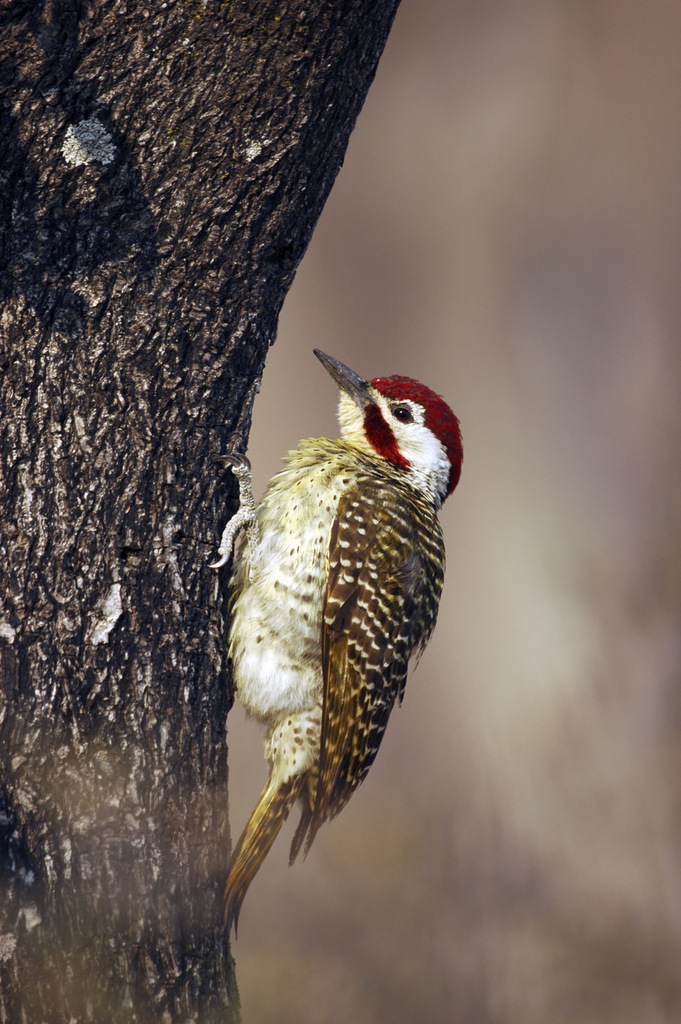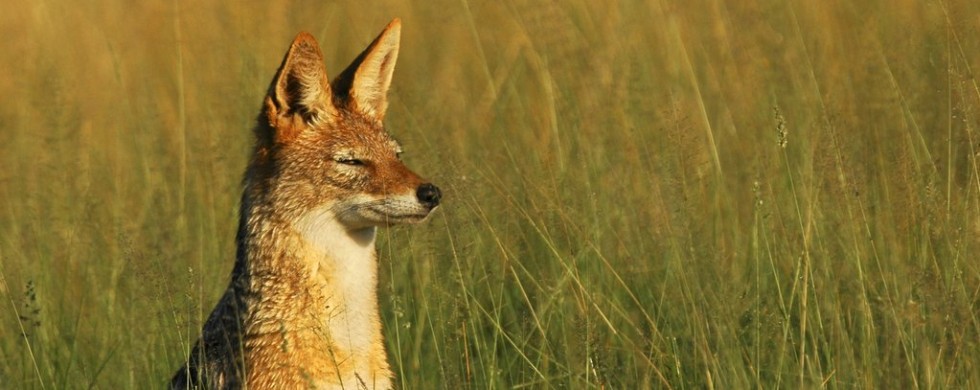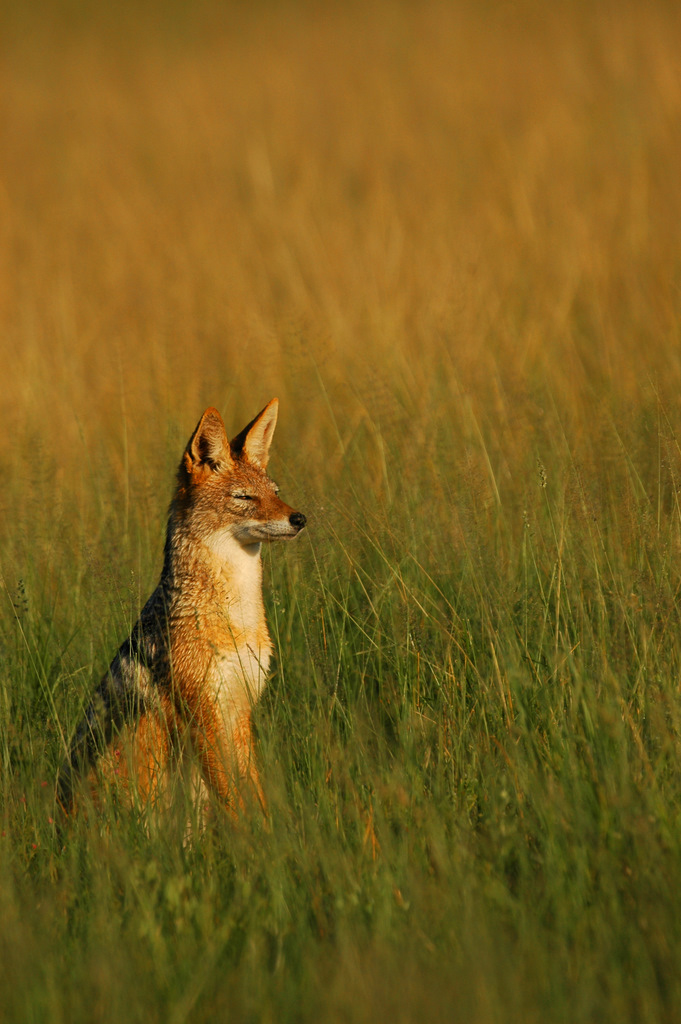15
Shot of the Month – March 2012
Iceberg? Huh? What iceberg? You know the one. I am talking about the “proverbial” hunk of ice that you hear so much about. And when people refer to said metaphorical ice flow, which part gets all the attention? Yes, exactly — the tip. As we learned in 5th grade science, only about 10% of the total volume of an iceberg is visible above the surface of water. That relatively small object that we see floating fails to convey the true scale and entirety of the object. We often use the phrase to indicate that we have not fully expressed or captured the scale of a problem.
“Jimmy, use the phrase in a sentence.”
“Yes, ma’am.”
“Climate change is making severe weather events more frequent and more intense. Yes, that is true, but that is just the tip of the iceberg.” (Jimmy, apparently, has a strong sense of irony also.)
Photographers, like me, rarely allow you to peer beneath the surface at what lies below. We deal almost exclusively at the very tipity tip of the iceberg. When we show you an image, if we are smart, we only share the best of the best of what we have captured. When you see an image on a website, in a magazine, at a gallery, on a card, or via whatever medium of choice, you are seeing the tip of the iceberg.
So, what lies beneath the surface? What makes up that massive pyramid on which this image rests? For a wildlife photographer, capturing a compelling image of a wild creature is stunningly difficult. For a given “winner” shot there can be thousands of images that didn’t work. Too dark. Too blurry. A branch in the way. The light too harsh. Light is too dull. Boring composition. Too far away. Too close. The damn thing blinked. It looked away. It ran away. It flew away. The shutter speed was wrong. Wrong aperture setting. Used the wrong white balance. Too much grain. Got a picture. Could show you, but I never would. Too embarrassing. Didn’t work. Too much…too little…just too ________.
That is a big part of the iceberg.
Another part of that iceberg, that you never see, is a massive space of — nothingness. Never even got a picture. Finding wildlife is HARD. Many hours are spent looking. Driving. Walking. Sitting. Seeing, nothing. Of course, the more elusive the animal, the more I want to photograph it. That is my curse, my insanity.
There is an Audubon wildlife area near where I am living here in Vermont. I have gone about a half dozen times over the last year. I have yet to get a single usable photo. There is nothing unusual about that — that is expected. This weekend we went to explore a new area in the NorthEast Kingdom — we hiked for three hours. A nice walk through the forest. A lovely day spent, far, far below the surface of the water. I took a few shots of a very small bird, that was very far away, into the sun. File, delete.
Since moving to the upper northeastern part of the US last year I decided that one of my goals would be to get a good shot of a Snowy Owl. I have never lived far enough north previously to make this a feasible venture. That was my winter project (and will be for the next several years). Given that I do have a day job and various family and social responsibilities, the time for this project was limited. I managed to get out on three weekends. For two of those trips I traveled to Parker River National Wildlife Refuge — seems that most years a few Snowies come down from the Arctic to spend the winter at this coastline park.
I was very lucky in that I did see Snowies almost every day. Here is the best shot I have so far.
This is not a shot I would display publicly.
(I actually feel a little queasy).
It is an OK shot. But the light was weak. The bird was quite far away for my lens. I had to use a very high ISO setting (Remember ASA ratings for film? This is the digital equivalent) to make an exposure. So to create this image I had to crop the photo significantly, but that high ISO then caused the image to be very grainy.
Unacceptable for public consumption.
Other shots from the depths? (click on an image to see it larger)
You will find no shots of Snowy Owls on my website. Not yet. This iceberg is a work in progress.
There are many similar blank spots on my site.
My spring project is Wood Ducks….wish me luck.
Stay tuned, hopefully towering icebergs are on the horizon.
All the best…michael

